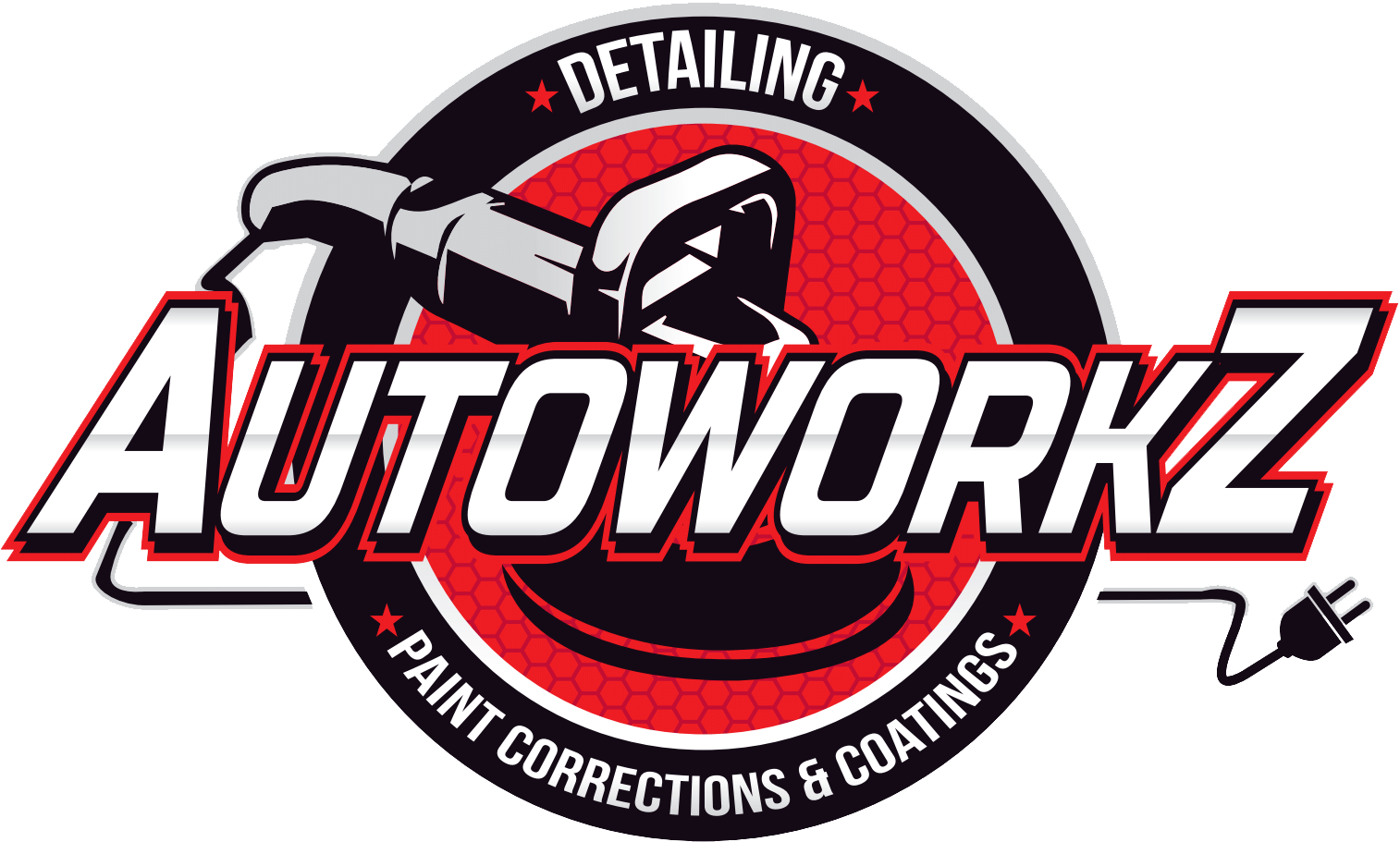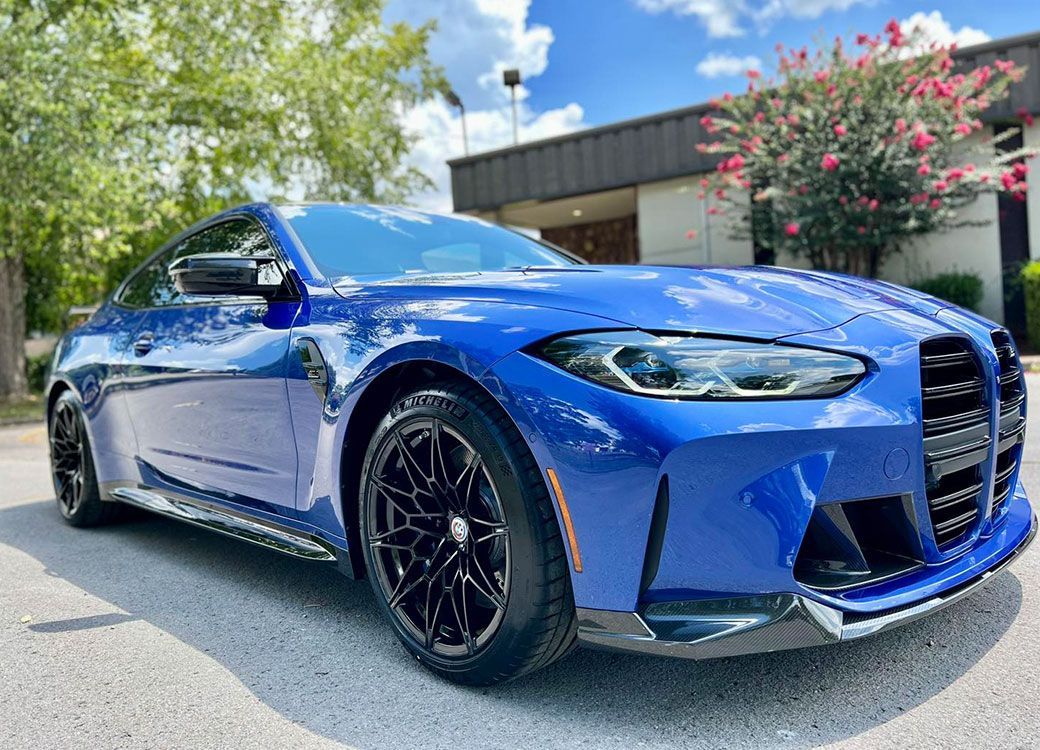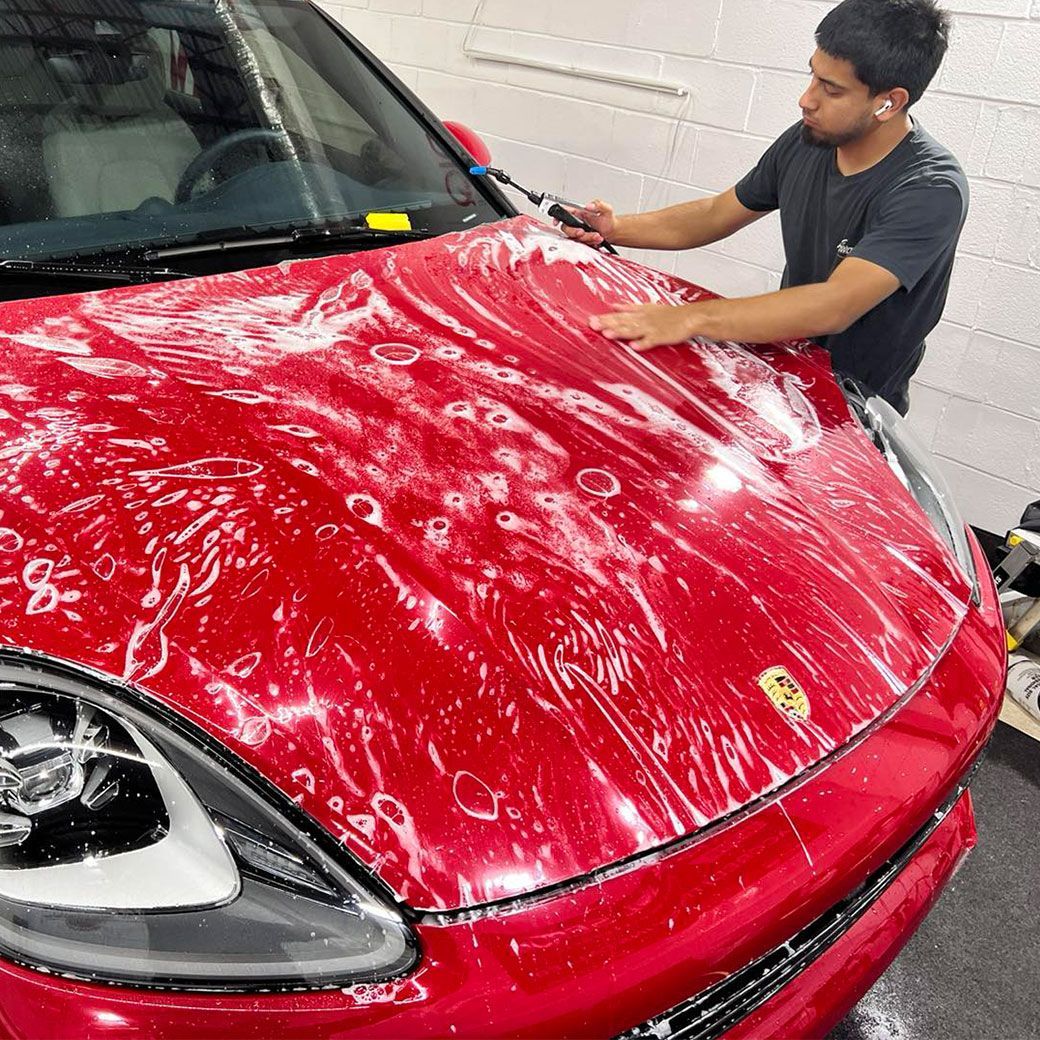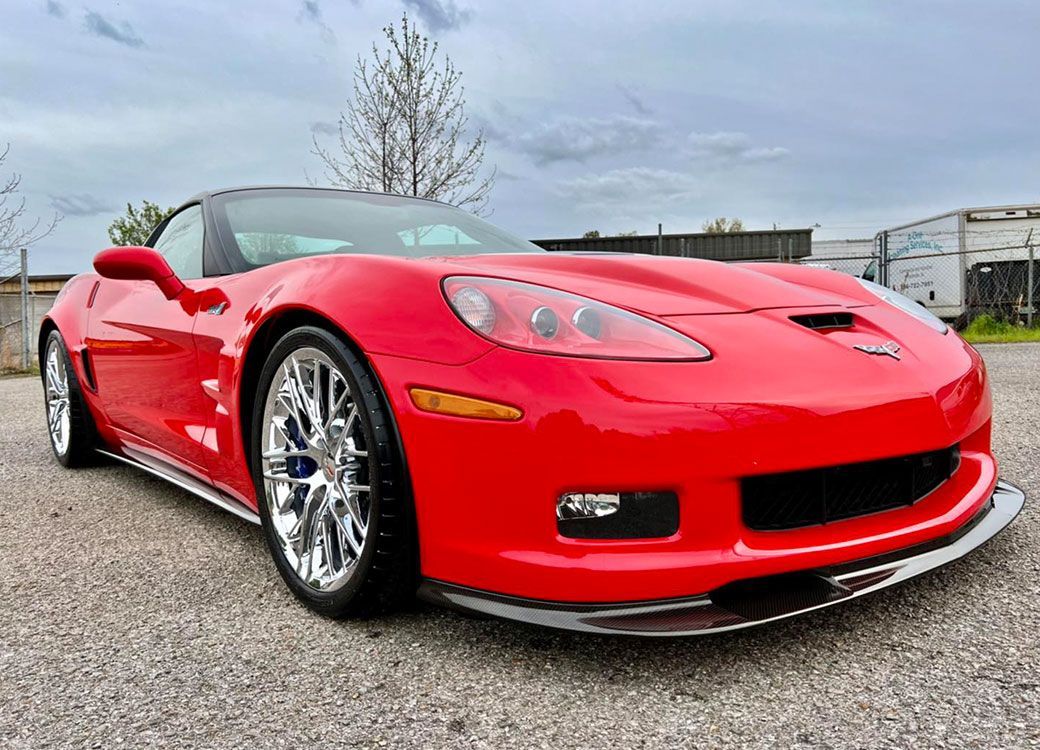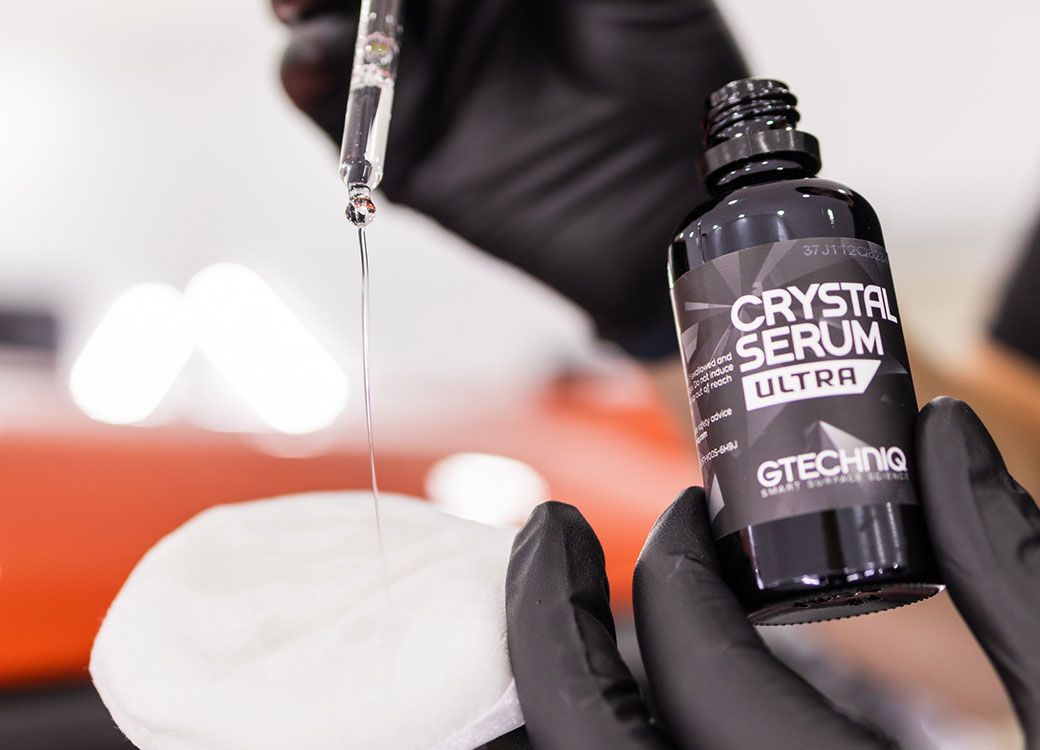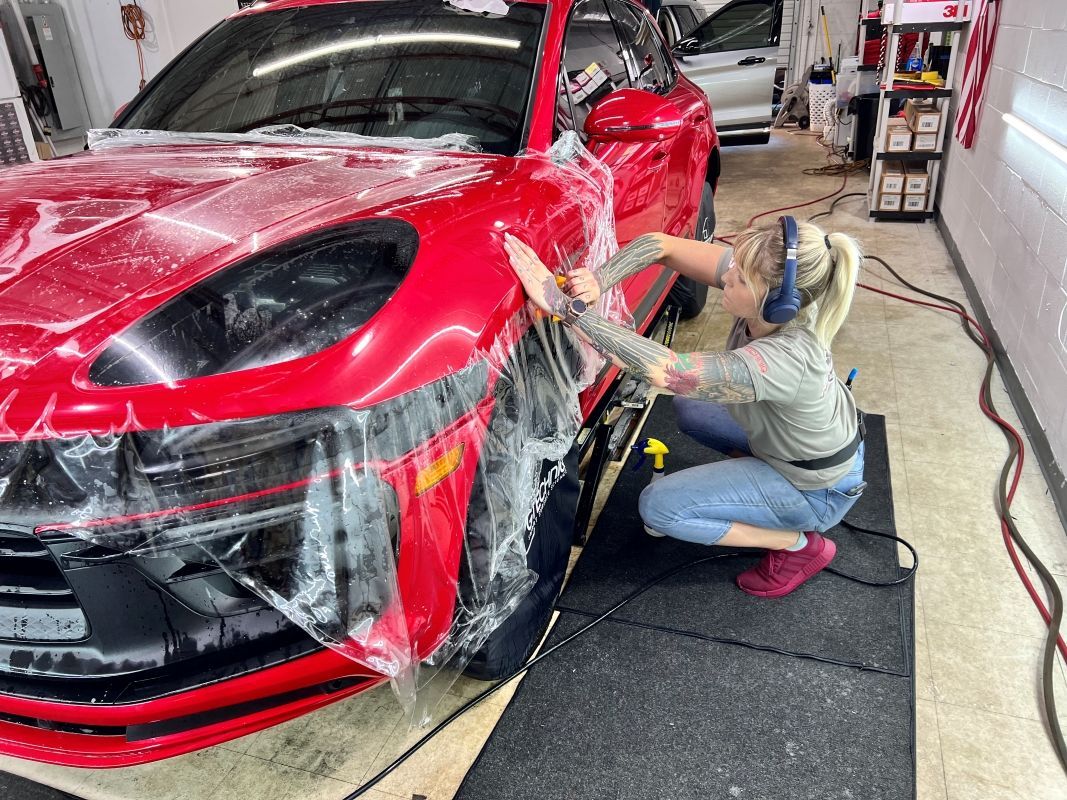Myths About Professional Ceramic Coating Explained: Debunking Common Misconceptions
(256) 890-4089When it comes to protecting your car's finish, ceramic coatings seem to be the superhero everyone is talking about. However, lurking beneath the shiny surface are a few misconceptions that might leave you scratching your head. Do they really make your car immune to scratches? Or are they a one-stop solution for all your cleaning woes? In this article, we’ll dive into the myths surrounding professional ceramic coatings and shed light on the reality of what they can—and cannot—do for your vehicle.
Common myths about professional ceramic coatings include beliefs that they make a vehicle scratch-proof, self-cleaning, or impervious to chemical damage. In reality, while ceramic coatings offer significant protection and enhance a car's appearance, they require regular maintenance and do not completely eliminate the risk of scratches or dirt accumulation.
Debunking Myths About Ceramic Coating
- One common myth is that ceramic coatings make your vehicle completely scratch-proof. While they do form a durable, protective layer—much like an extra skin—they aren’t a force field. For instance, they can resist light abrasions, like someone brushing a backpack against the surface, but they won’t protect against deep scratches from sharp objects like keys. Think of it as wearing a raincoat: it’s great for light showers but not meant for a full downpour.
- Another misconception is that once your car is coated, you’ll never have to wash it again. While ceramic coatings do repel water, dirt, and grime thanks to their hydrophobic nature, they don’t make the car self-cleaning. Contaminants like bird droppings or tree sap can still bond to the surface over time. Regular washing is necessary to preserve both the coating’s effectiveness and your vehicle’s appearance.
- A widely believed myth is that ceramic coatings last forever. In reality, most high-quality ceramic coatings offer protection for about 2 to 5 years, depending on environmental exposure, how often the car is driven, and how well it’s maintained. Similar to sunscreen, the coating provides great protection, but it needs proper care and, occasionally, reapplication to remain effective.
- Some also think that a brand-new car doesn’t need any prep before ceramic coating. The truth is, even new cars can have minor paint imperfections or contamination from transport. Skipping essential prep steps like washing, decontaminating, and polishing can lock in flaws beneath the coating and compromise its performance.
- Lastly, there’s the assumption that ceramic coatings are always too expensive. While professional-grade applications can be an investment, the cost varies based on the product and the installer’s expertise. In many cases, ceramic coatings offer excellent long-term value by protecting your vehicle from environmental damage and reducing the need for frequent detailing.
Having dispelled these myths about ceramic coatings for vehicles, it's time to explore how they measure up against real-world benefits and claims made by manufacturers.
Benefits vs. Claims
Breaking down the tangible benefits ceramic coatings provide versus the exaggerated claims is essential. Many car owners have seen the impressive results of applying a ceramic coating, yet some may also find themselves misled by overzealous marketing. For instance, while it’s true that ceramic coatings deliver strong hydrophobic properties, allowing water to bead up and roll off, thereby reducing water spots and making cleaning easier, they aren’t a substitute for regular care. In fact, you'll still need to wash your vehicle periodically. Understanding this balance is key; it can be quite liberating to know that your car looks sharp without requiring constant battles against the elements.
Proven Benefits
One of the standout features of ceramic coatings is their UV protection. This property helps prevent paint oxidation, which means that vehicles retain their vibrant hues longer. Imagine driving down the highway knowing that those sun-drenched days won’t dull your glossy finish nearly as quickly as they would without protection. Ceramic coatings create a formidable barrier between your paint and harmful UV rays. However, it’s vital to remember that while they extend the life of your vehicle's exterior, neglect will yield consequences. Maintenance remains paramount.
Common Claims
Claims like “a ceramic-coated car is completely resistant to chemical stains” float around with ease in automotive circles. The truth? While ceramic coatings amplify resistance to chemical exposure significantly compared to non-treated surfaces, they are far from infallible. Strong acids or alkalis can still impact even the best formulations.
So when someone tells you that their ceramic coat defends against every spilled beverage or industrial runoff, remember this perspective: you must still exercise caution; no coating will create a magical shield against all damages. Expanding the scope, let’s discuss applications beyond just cars, as these coatings have been making waves in numerous other contexts too.
True Performance Metrics
Understanding the real-world performance of ceramic coatings is crucial for defining their effectiveness and ensuring consumers get what they expect. One of the first things to consider is hydrophobic efficiency, which can significantly influence how easy or challenging it becomes to maintain a vehicle's appearance. This aspect is often measured by the water contact angle; in essence, a higher angle indicates superior hydrophobic properties. Typically, ceramic coatings boast angles between 90 and 110 degrees.
What this means in practical terms is that rather than spreading out and creating unsightly water spots, droplets will bead up and roll off the surface with ease, effectively carrying with them dirt, grime, and other contaminants without any effort on your part.
- Hydrophobic Efficiency: For example, if you were to pour a glass of water on an untreated surface compared to one coated with a high-quality ceramic coating, you would be astonished by the difference. The untreated surface may puddle and cling to the surface, leading to potential spots or stains, while the ceramic-coated surface allows those droplets to glide away effortlessly. This not only enhances aesthetics but also reduces the frequency of washes needed, saving time and effort for car owners who cherish convenience. While hydrophobic properties are impressive, the longevity of these coatings also plays a significant role in their overall value.
- Durability: Perhaps one of the most frequently discussed metrics regarding ceramic coatings is their durability; commonly cited periods range from 2 to 5 years. However, those figures can vary widely based on multiple factors such as environmental exposure and regular maintenance. This variability is where discerning buyers should focus their attention; professional installations often come with warranties that align with expected longevity. For instance, under optimum conditions—minimal exposure to harsh weather and diligent upkeep—a coating could last exceptionally close to its maximum potential lifespan.
Imagine driving your vehicle during winter months; your ceramic coating might encounter road salt, snow, and extreme temperatures. If it’s not applied correctly or adequately maintained through proper washing techniques using pH-balanced products, that once-promising coating could diminish quickly. Therefore, it’s crucial for potential customers to understand that while ceramic coatings are marketed as durable solutions, that promise hinges significantly on how they are cared for post-application.
By grasping these metrics—both hydrophobic efficiency and durability—consumers can approach their next ceramic coating purchase with greater insight and make informed decisions that align with their vehicle care aspirations. Next, let's explore how these considerations impact financial decisions between professional services and do-it-yourself options.
Costs: Professional vs. DIY
When examining the cost aspects of ceramic coatings, it’s imperative to consider what you’re actually paying for—both with professionals and DIY kits. Generally, you’ll find that professionally applied ceramic coatings can range quite broadly, often falling between $800 and $3,000. This price reflects factors such as surface preparation, which is essential for achieving optimal results; the application of multiple layers; and the expertise that trained technicians provide.
While this price tag might seem steep at first glance, it's important to recognize that professionals invest extensive training and experience in ensuring that your car's coating is not only aesthetically pleasing but also durable against environmental hazards. The result is a longer-lasting finish that shields the paintwork from harsh elements over time. Many coatings offered by experts come with warranties that can reach up to 25 years, adding substantial value.
On the flip side, there are DIY ceramic coating kits, presenting a more budget-friendly option. Typically found in the $50 to $150 range, these kits are appealing due to their lower initial investment. However, they carry their own set of challenges. A critical factor with DIY kits is that while they are less expensive upfront, applying them requires meticulous attention to detail. The installation process might be unforgiving; one misstep—a scratch during application or failing to properly prep a surface—can compromise both the effectiveness and visual quality of the coating. If not applied correctly, these coatings may last anywhere from six months to two years, significantly shorter than their professionally installed counterparts.
As you weigh your options between professional services and DIY kits, it's crucial to look beyond just the numbers. Consider factors like your skill level with detailing products and how much time you're willing to invest for potentially lesser durability versus leaving it to a certified expert for promising longevity and performance.
Environmental and Technological Impact
The conversation surrounding ceramic coatings isn't just about aesthetics; it's also deeply rooted in environmental considerations. Unlike traditional waxes, which need frequent reapplication and might require chemicals that are harmful to our environment, ceramic coatings provide a solution that is long-lasting and reduces the overall frequency of chemical use. This extended lifespan significantly cuts down on the harsh chemicals often released into our ecosystems due to repeated waxing.
However, it’s essential to note that while many ceramic coatings offer durability, some formulations still contain solvents that may have adverse effects if disposed of improperly. It raises a crucial point: even with green intentions, responsibility in application and disposal remains pivotal. Choosing products from reputable brands that prioritize safety can mitigate risks associated with chemical pollution.
Environmental Impact
Many people overlook how the materials and methods used in creating these coatings affect sustainability. While silicon dioxide (SiO₂) and titanium dioxide (TiO₂) are naturally occurring substances pivotal to ceramic coatings, their extraction can disrupt habitats and consume substantial energy resources. This environmental trade-off calls for careful analysis of the entire cycle of these products.
As consumers become more environmentally conscious, manufacturers are responding with formulations designed to reduce negative impacts. Reputable brands have started focusing on water-based solutions, which substantially decrease volatile organic compounds (VOCs), making them safer alternatives for both users and the environment. These innovations reinforce the industry's commitment to eco-friendliness while aligning with the growing trend toward sustainable living.
Technological Advancements
The continuous evolution within the automotive coating industry signifies an era of innovation where companies harness advanced technology to create greener products. The drive for cleaner formulations pushes researchers to explore plant-based options and silica-free technologies that maintain protective qualities without relying heavily on synthetic components. This dedication extends beyond mere coating application; improved methods enhance efficiency during both application and curing processes. With modern manufacturing practices integrating eco-friendly approaches, reductions in waste generation become feasible, thus supporting sustainability goals.
As we recognize the intricate balance between maintaining vehicle appearance and being stewards of our planet, it becomes clear that ceramic coatings hold significant promise when aligned with responsible choices and technological progress. This understanding not only debunks myths surrounding their use but fosters informed discussions around their benefits and implications. In summary, responsible application and awareness are key in maximizing the environmental benefits of ceramic coatings while aligning with advancements in technology to create a more sustainable future for automotive care.
Expert Ceramic Coating in Huntsville, AL
Protect your vehicle with the long-lasting brilliance it deserves. At AutoworkZ Detailing in Huntsville, AL, our ceramic coating services create a durable, hydrophobic layer that defends your paint from the elements while enhancing its depth and gloss. Whether you're battling road grime, sun exposure, or unpredictable weather, our expert team ensures your ride stays sharp and showroom-ready for the long haul.
Book your ceramic coating service today and experience the difference that precision and protection make.
